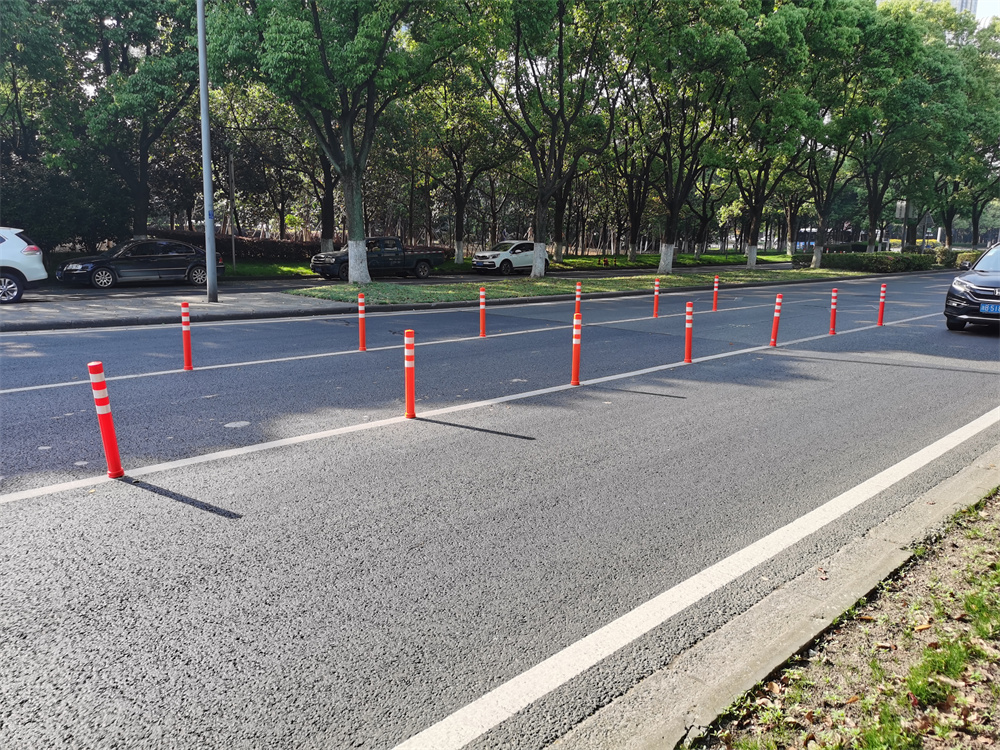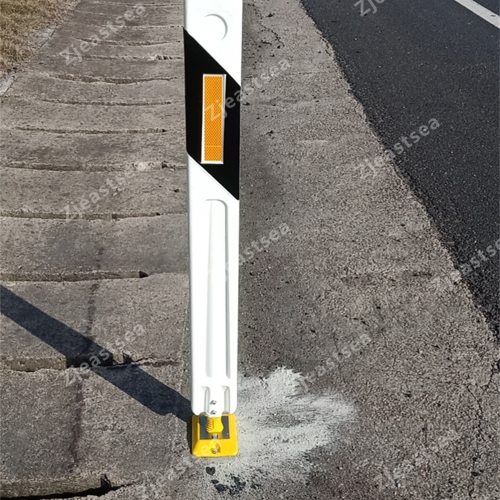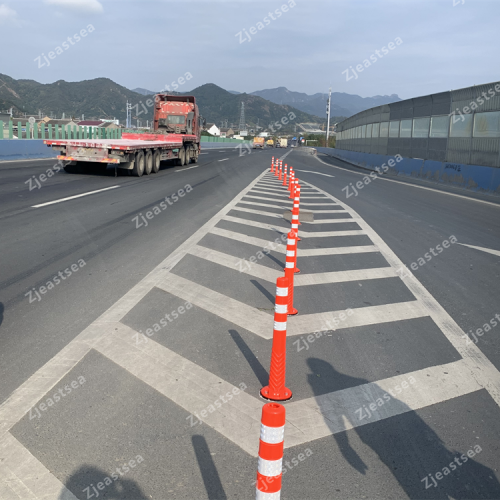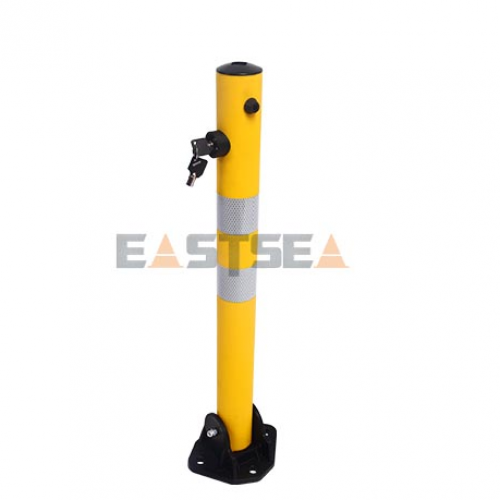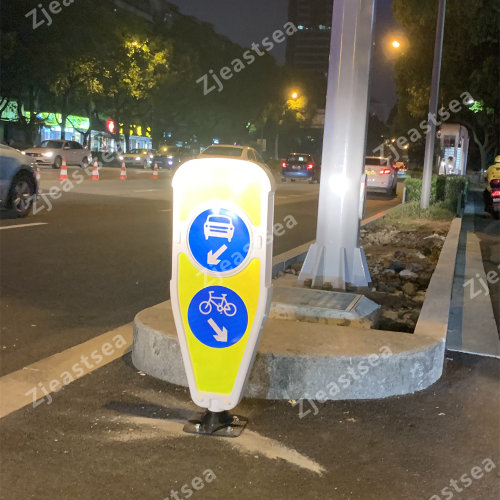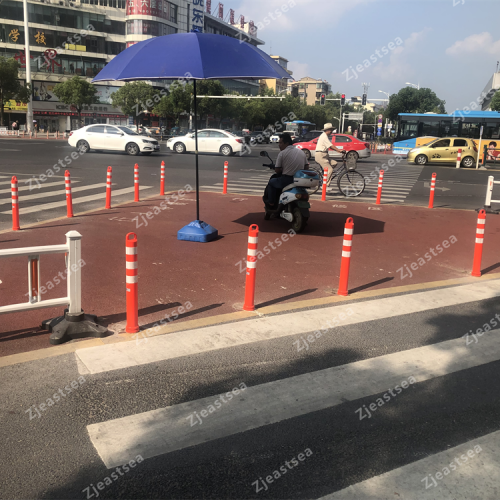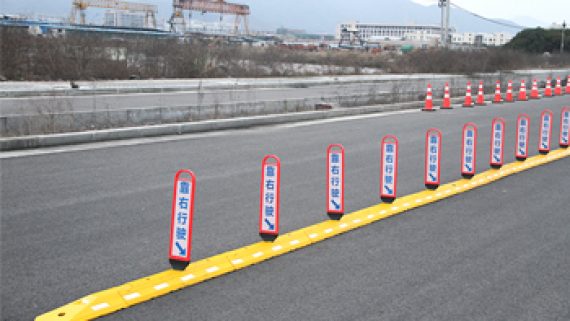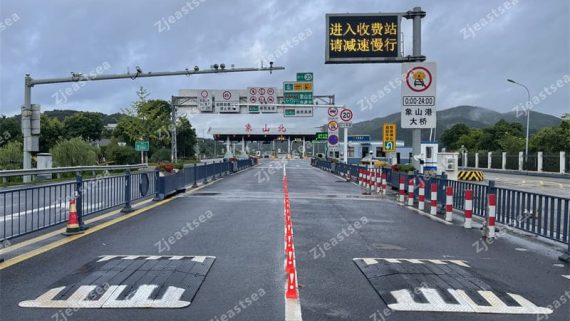Product Guidelines—-Bollard
The many types of bollards that are available are used by almost every sector of industry and even private homes. They are used by hospitals and schools to prevent inappropriate parking on verges.
Industrial sites use bollards to protect expensive assets and ensure that vehicles are unable to access sites without passing security points.
Commercial car sales lots use security bollards to prevent vehicles from being stolen. Home users often use bollards in the same way on their driveway to ensure that cars and vans are not stolen.
What Types Of Bollard Are There?
As we have already mentioned bollards come in a huge variety of finishes and materials intended for many different applications. With so many options available it is often confusing for the first time buyer. For this reason, we have set out a simple guide to the types, materials, applications and installations that we offer.
Reflective Bollards
Use Reflective bollards to warn of hazards and guide traffic. They are also used on pedestrian walkways and cycle routes. The reflective banding improves the visibility of the bollard ensuring it is seen even at a distance.
Flexible Bollards
When you need a bollard that can be run over, it should be flexible. Installing a flexible bollard allows it to stand back up and recover from an impact. This makes flexible bollards ideal for parking areas and roadsides. Most flexible bollards are also reflective.
Parking Bollards
These are a subset of security bollards that are ideal for home use or parking restriction. They can lay flat allowing vehicles to pass over them. They can then be raised to once again block access.
Traffic Bollards
You can see traffic bollards all over the UK road network. They are often seen on islands with a “keep left” arrow installed. Other types include lane delineators to help separate different lanes of traffic.
Removable Bollards
In some areas, it is not always desirable to have bollards permanently installed. Where this is the case removable bollards are ideal. They can quickly and easily be removed and provide access to traffic that would normally be excluded. This is ideal for areas where high street events require vehicle access.

